Linking Verbs Worksheet
A linking verbs worksheet is a useful tool for learners who want to strengthen their understanding of linking verbs and their role in sentences. This worksheet is designed to help students identify linking verbs and distinguish them from action verbs, ultimately improving their ability to construct grammatically correct and coherent sentences.
Table of Images 👆
More Other Worksheets
Kindergarten Worksheet My RoomSpanish Verb Worksheets
Cooking Vocabulary Worksheet
DNA Code Worksheet
Meiosis Worksheet Answer Key
Art Handouts and Worksheets
7 Elements of Art Worksheets
All Amendment Worksheet
Symmetry Art Worksheets
Daily Meal Planning Worksheet
What is a linking verb?
A linking verb is a type of verb that connects the subject of a sentence to a subject complement, which can be a predicate noun, a predicate pronoun, or a predicate adjective. It does not show an action but rather equates or describes the subject. Common linking verbs include "be" (am, is, are, was, were), "seem", "become", "appear", "feel", and "look.
Name three examples of linking verbs.
Three examples of linking verbs are "be" (am, is, are, was, were, etc.), "seem," and "appear." These verbs do not show action but rather connect the subject of a sentence to a subject complement that provides more information about the subject.
How do linking verbs differ from action verbs?
Linking verbs differ from action verbs in that linking verbs connect the subject of a sentence to a noun, pronoun, or adjective that renames or describes the subject, while action verbs express an action performed by the subject. Linking verbs do not show action but rather serve to link the subject to a complement that provides more information about the subject's state, condition, or identity. Examples of linking verbs include "be," "seem," and "appear," while examples of action verbs include "run," "eat," and "write.
Can a linking verb be followed by an object?
No, a linking verb connects the subject of a sentence to a subject complement, which can be a noun, pronoun, or adjective. It does not take an object.
What is the function of a linking verb in a sentence?
A linking verb connects the subject of a sentence with a subject complement, which can be a noun, pronoun, or adjective. It serves to describe or identify the subject, indicating a relationship or state of being between the subject and the complement. Linking verbs do not show action but rather link the subject to additional information about it.
Give an example sentence using a linking verb in the present tense.
She is feeling happy today.
Provide an example sentence using a linking verb in the past tense.
She was feeling happy after receiving the good news.
Are all forms of "to be" considered linking verbs?
Yes, all forms of "to be" (am, is, are, was, were, being, been) are considered linking verbs. Linking verbs serve to connect the subject of a sentence to a noun or adjective that describes or renames it, rather than showing action. This connection helps to provide more information about the subject.
How can you identify a linking verb in a sentence?
A linking verb is a verb that connects the subject of a sentence to a subject complement, often describing or renaming it. To identify a linking verb in a sentence, look for verbs that do not show action but rather link the subject to a noun, adjective, or other element that renames or describes the subject. Common linking verbs include "to be" verbs like "is," "am," "are," "was," and "were," as well as words like "appear," "seem," "become," and "feel.
Explain the role of a complement in relation to a linking verb.
A complement is a word or group of words that completes the meaning of a linking verb by providing information about the subject. In essence, it describes or renames the subject of the sentence. Linking verbs, such as "be," "seem," "become," and others, do not show action but rather connect the subject to additional information. The complement can be a noun, pronoun, adjective, or adverb that helps to clarify the subject's identity or state. Together, the linking verb and complement work to provide a fuller understanding of the subject in a sentence.
Have something to share?
Who is Worksheeto?
At Worksheeto, we are committed to delivering an extensive and varied portfolio of superior quality worksheets, designed to address the educational demands of students, educators, and parents.

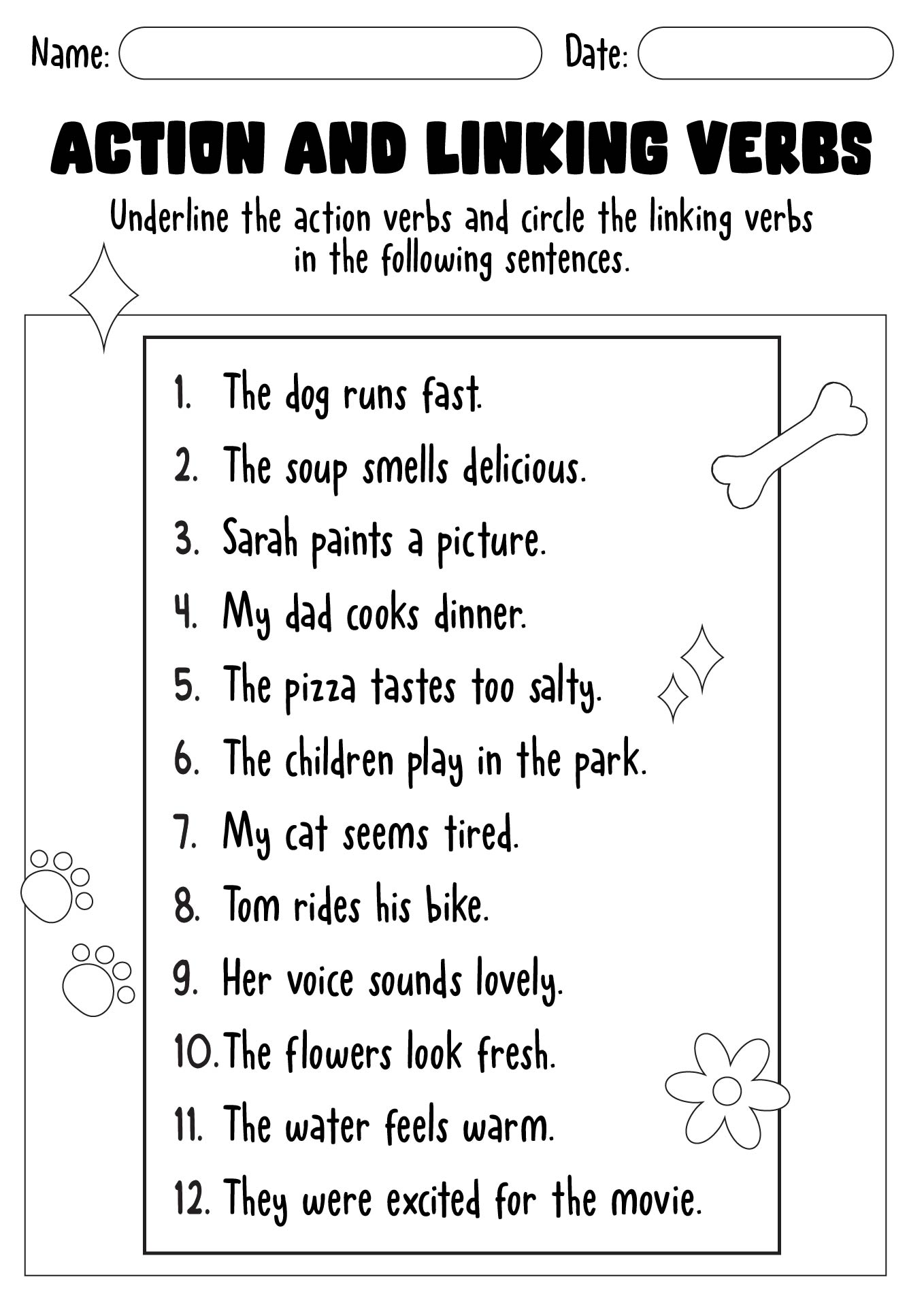



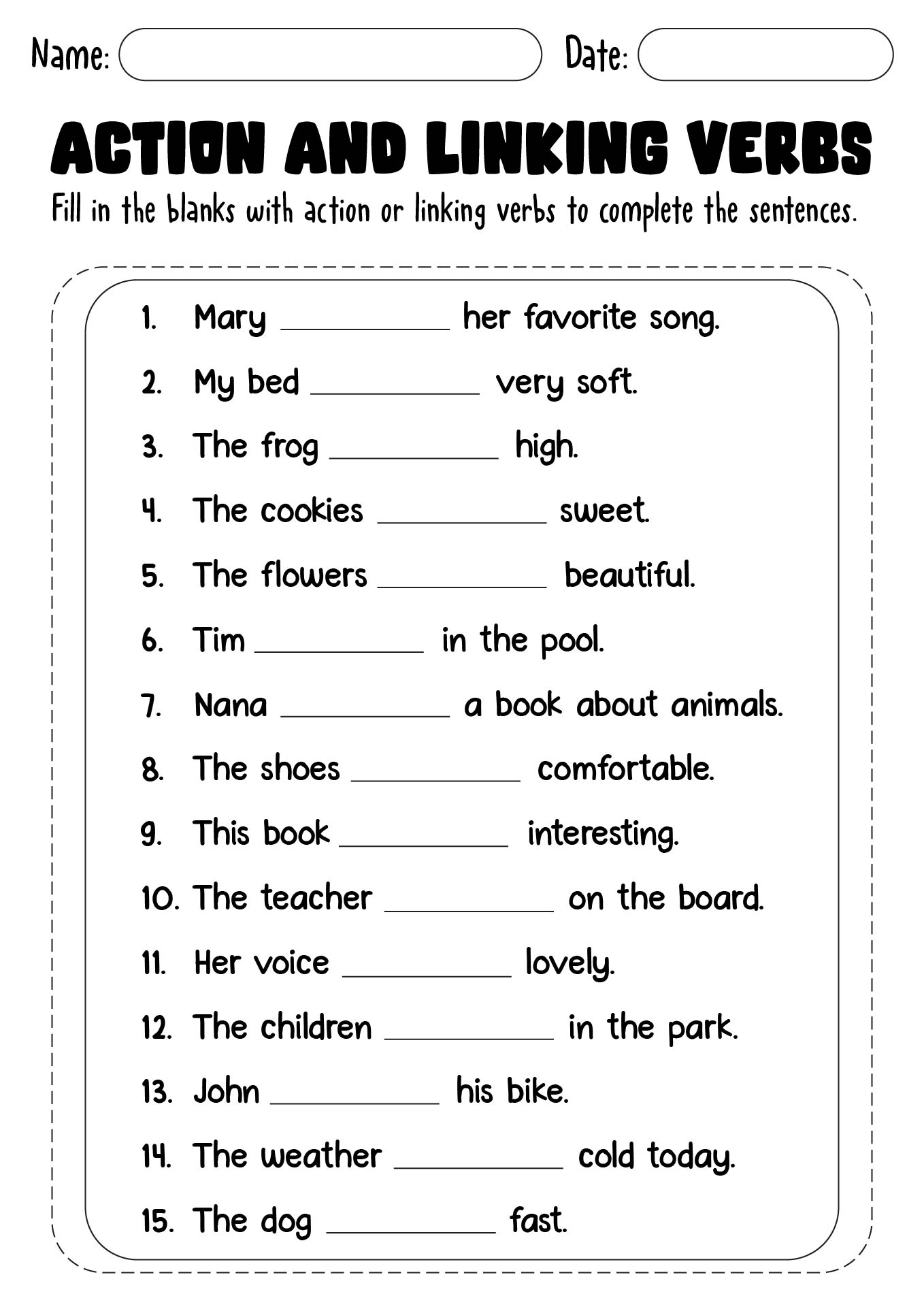
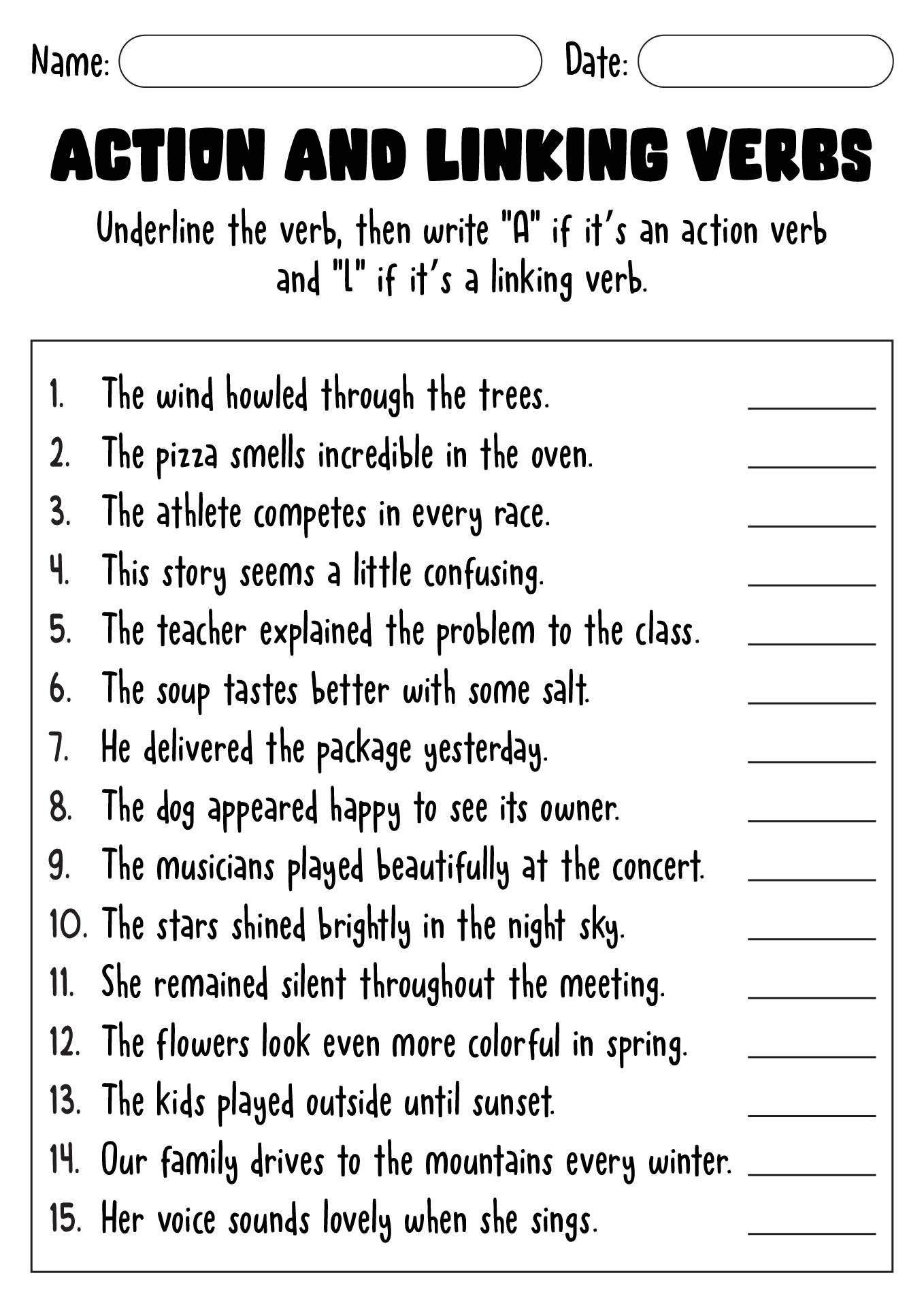
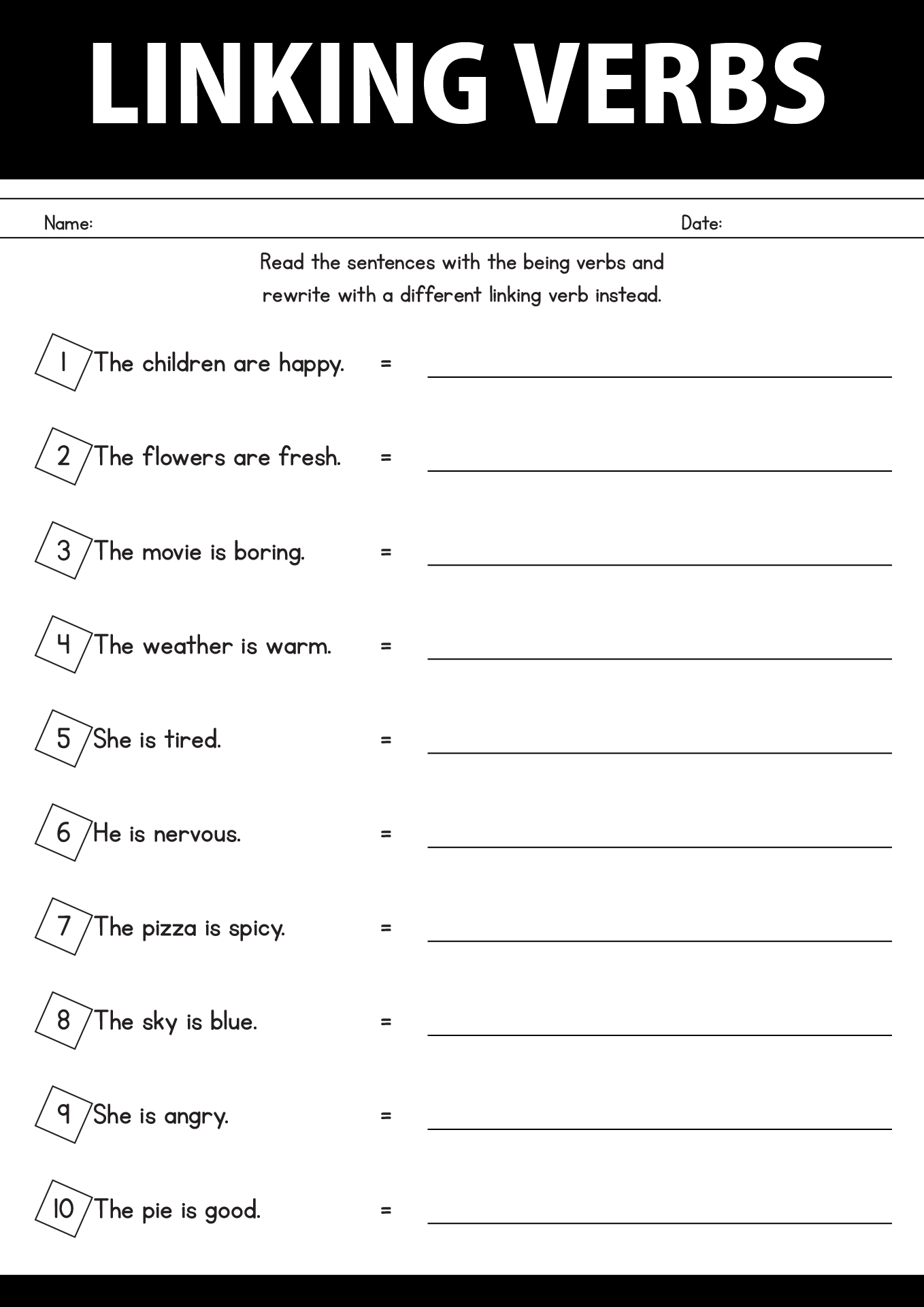
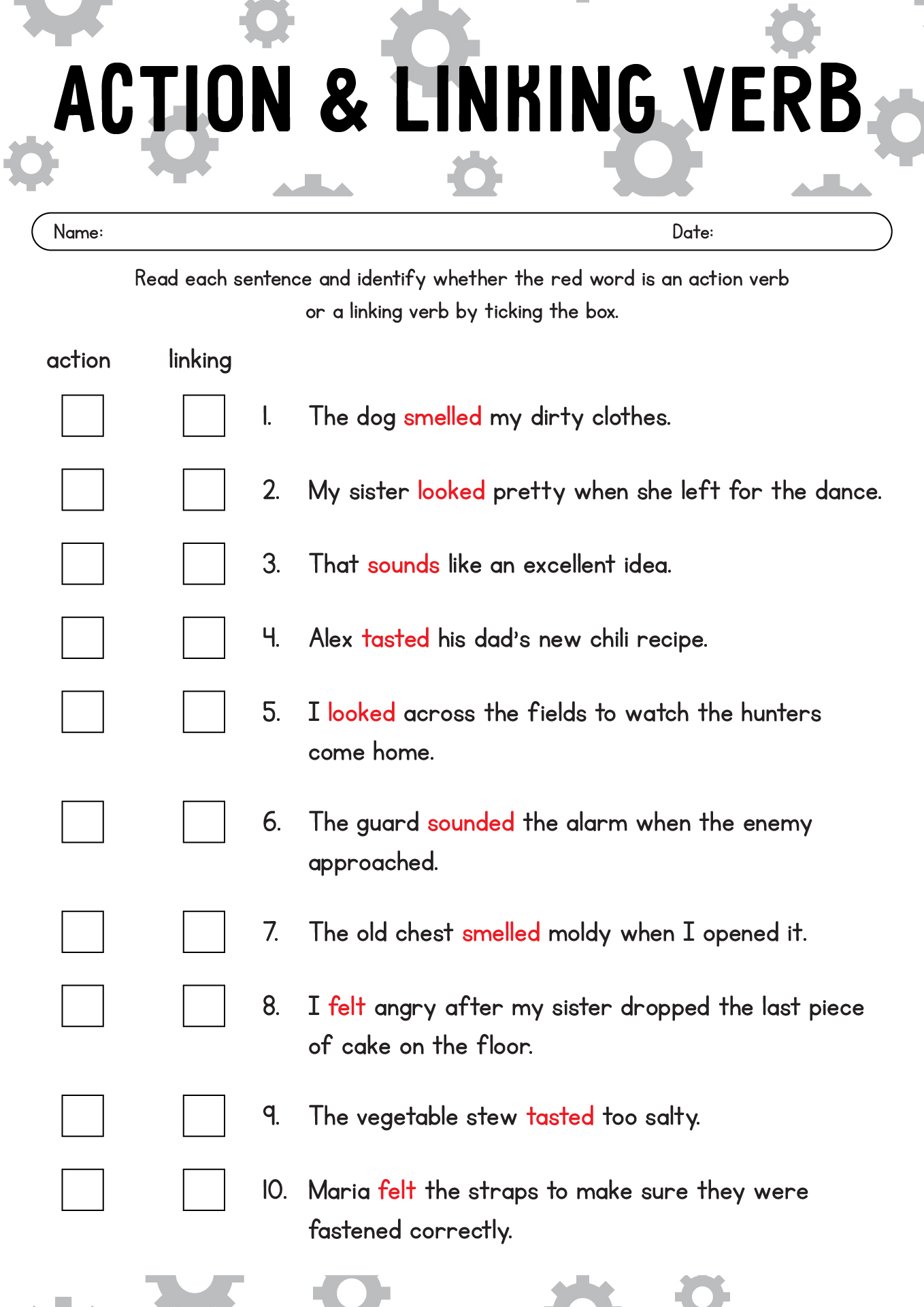
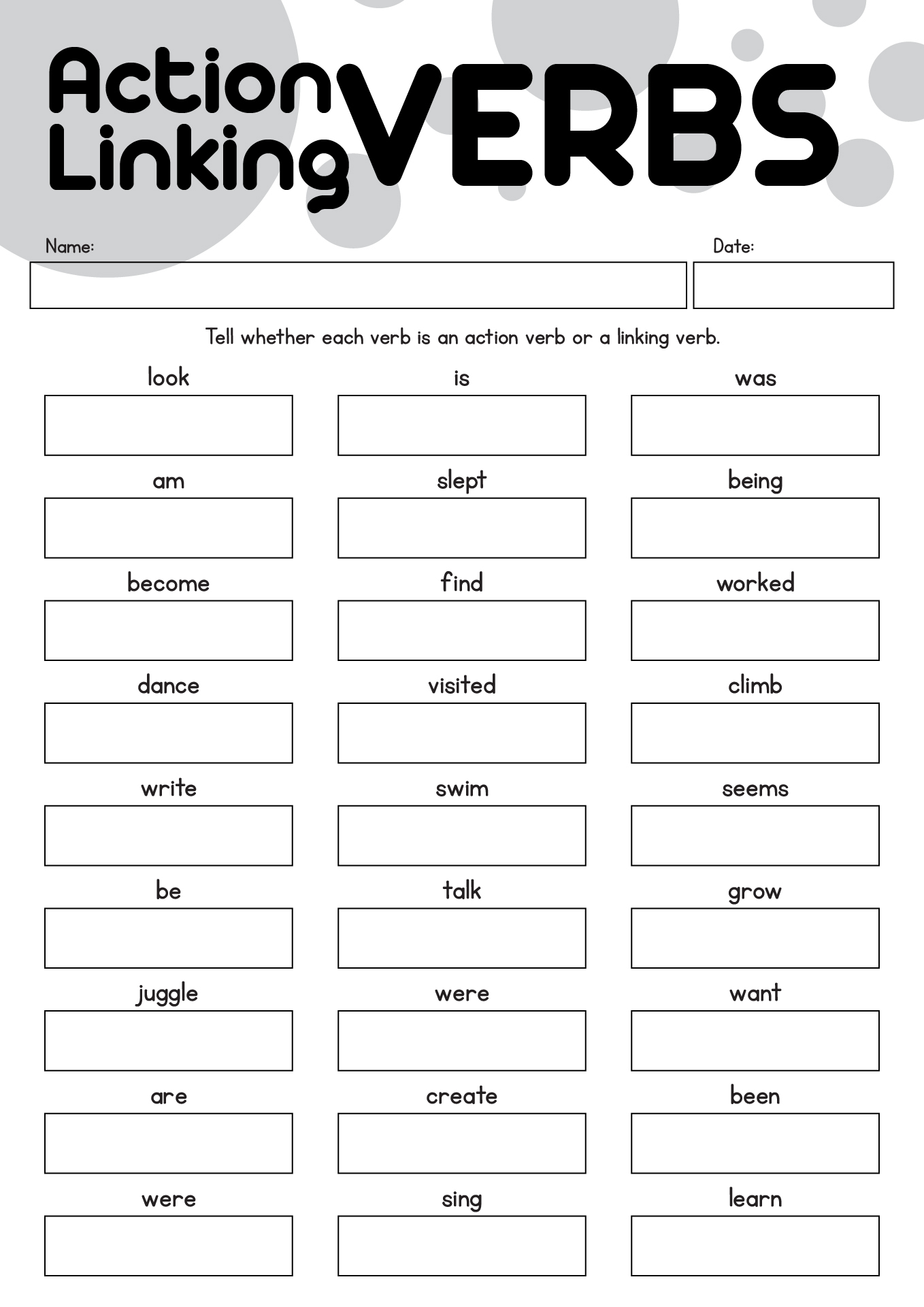
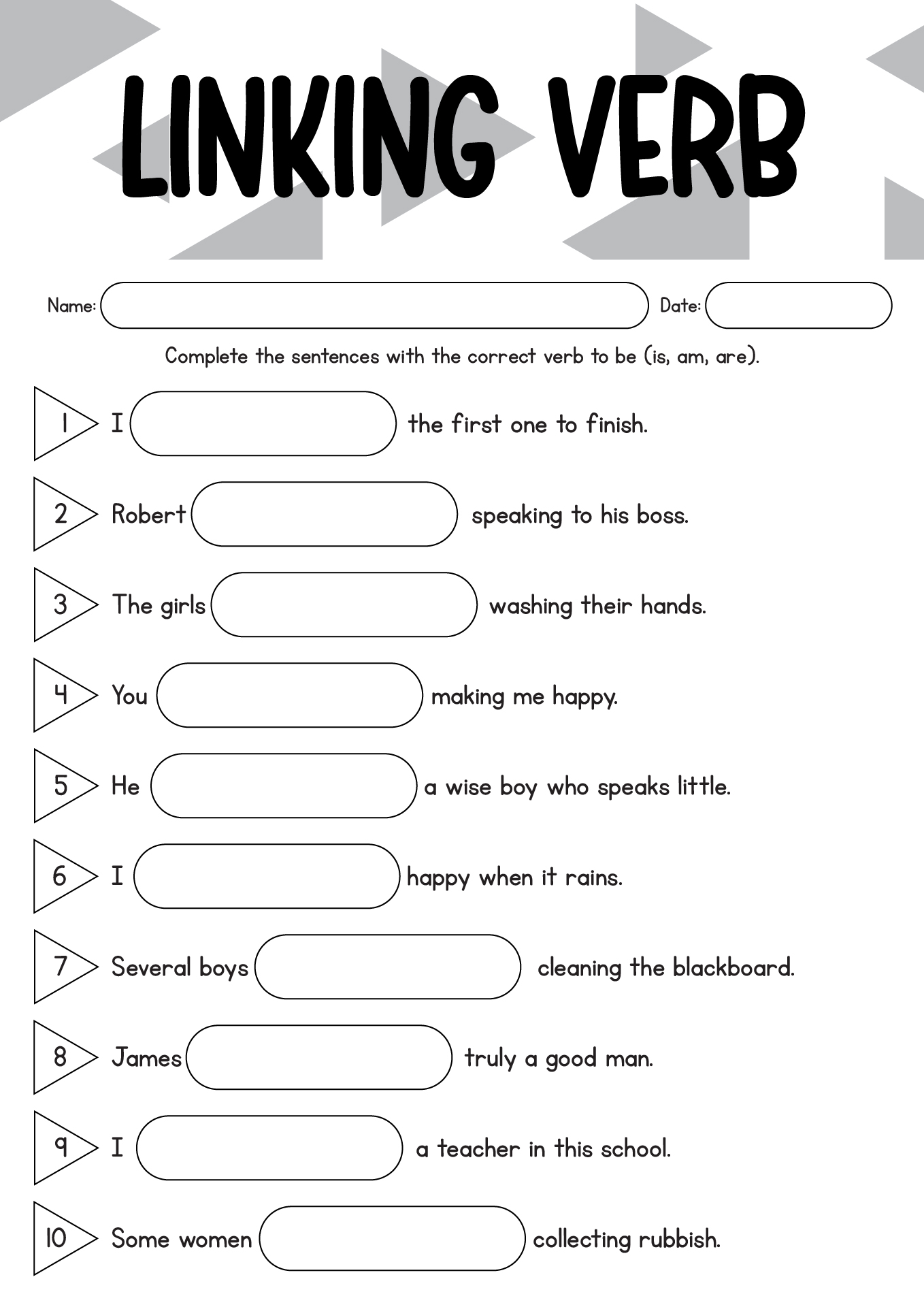
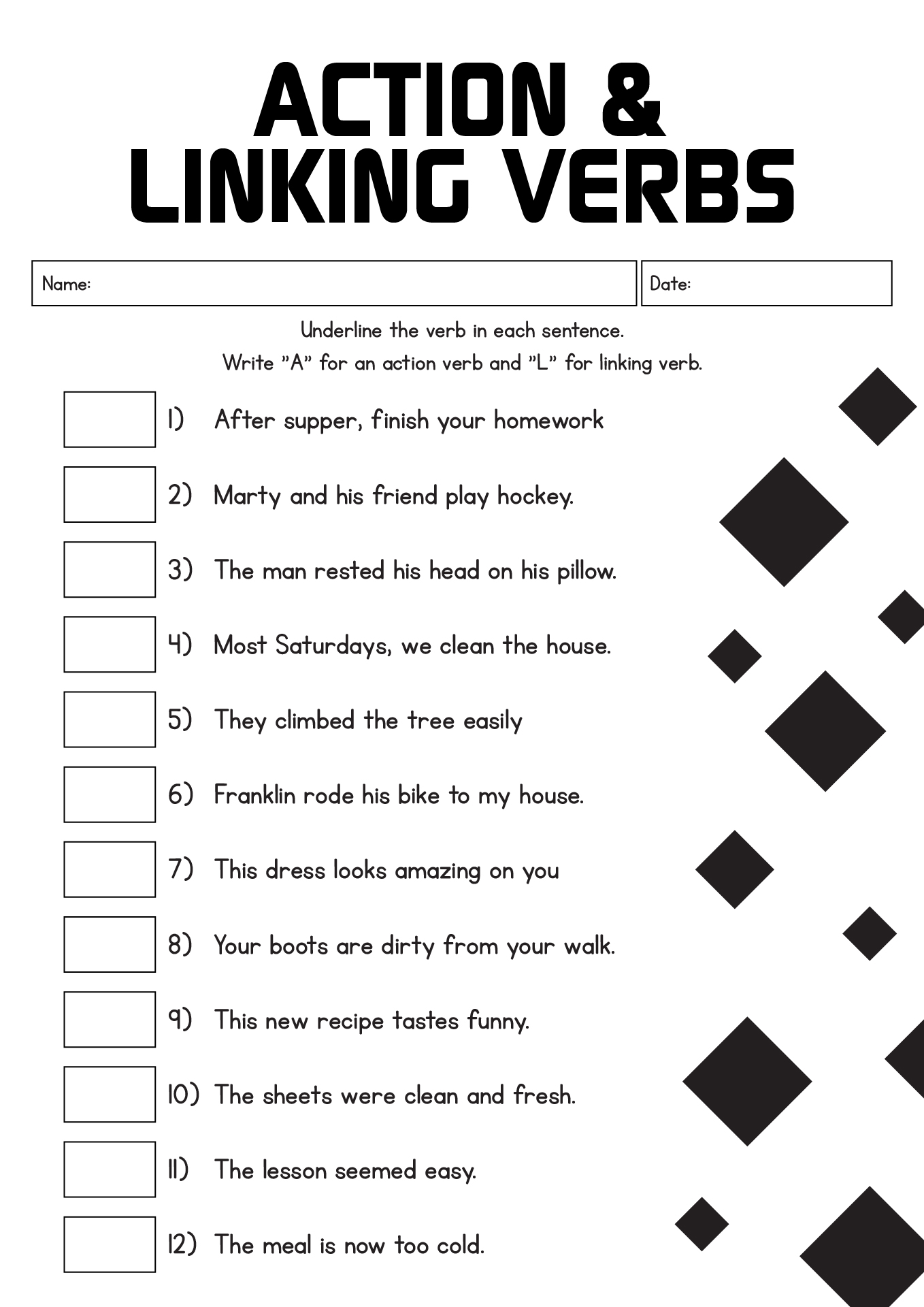
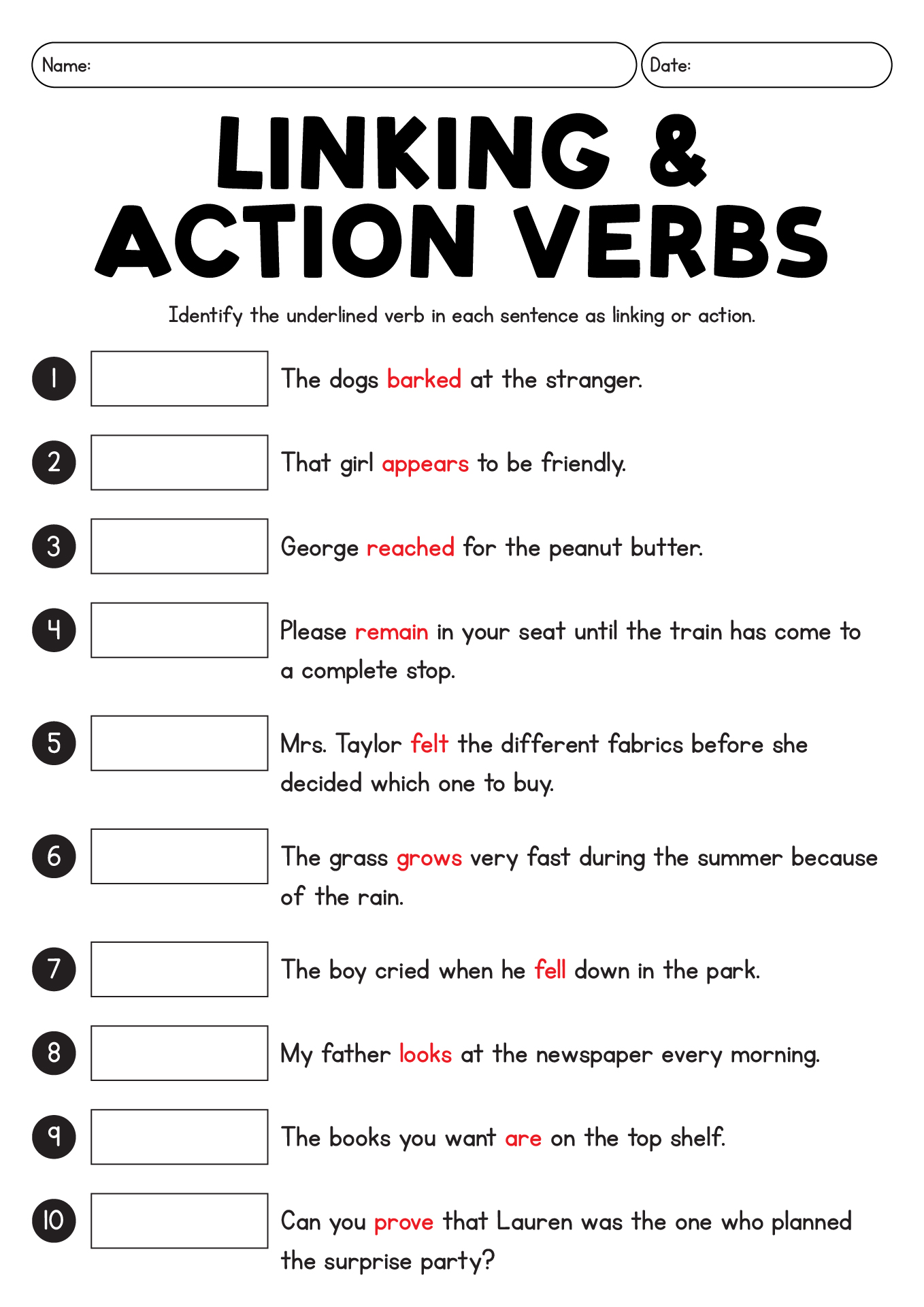
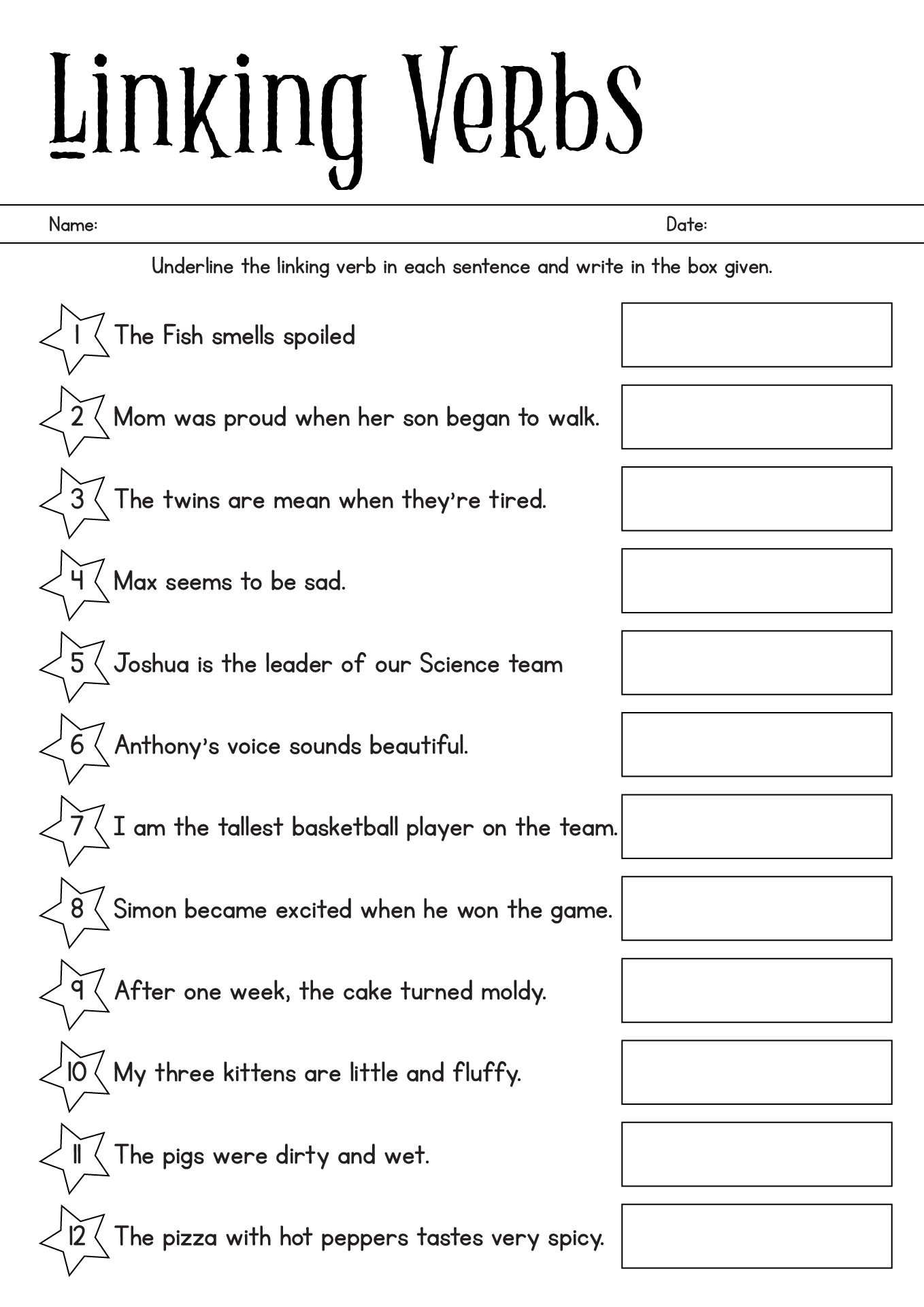
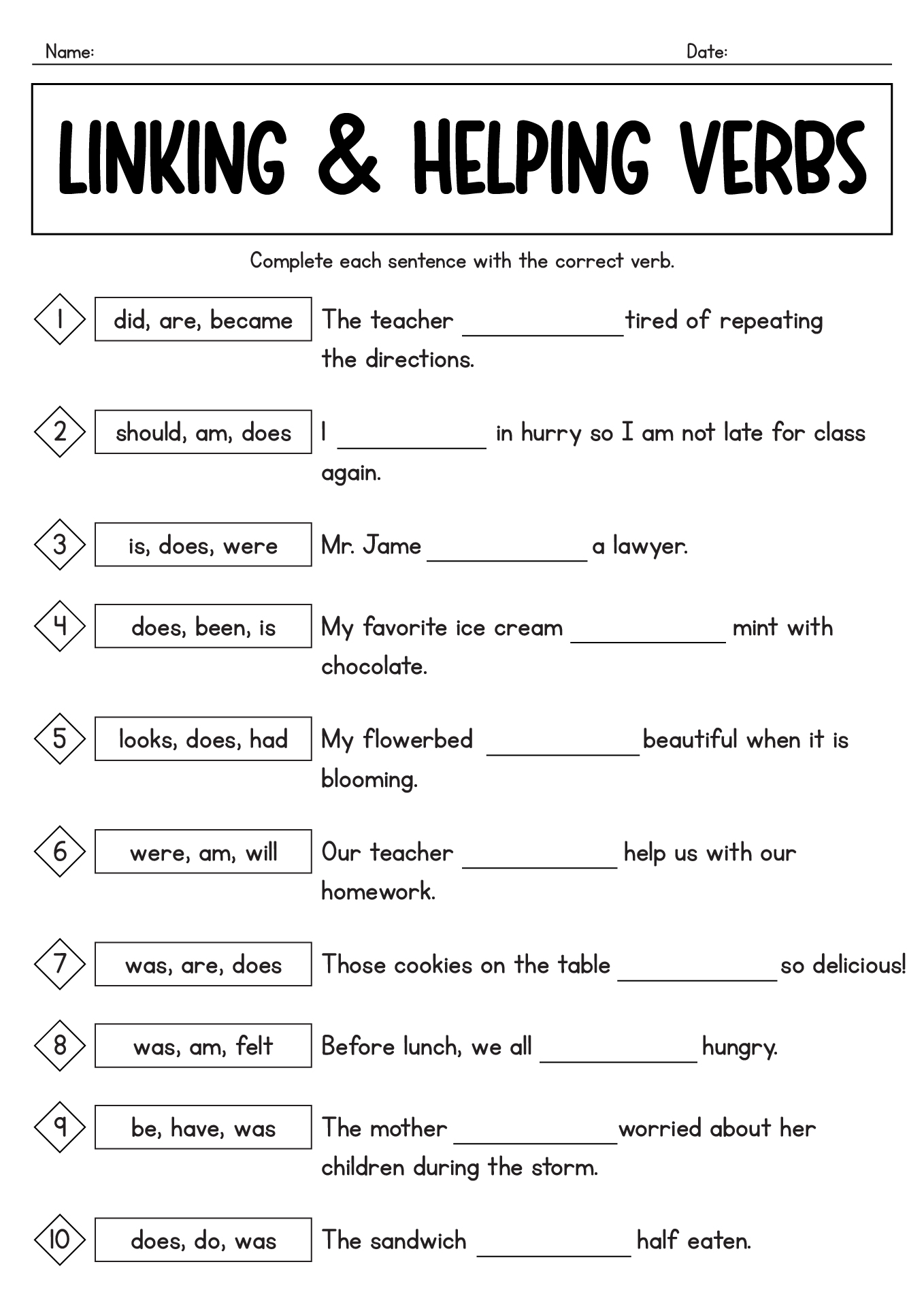
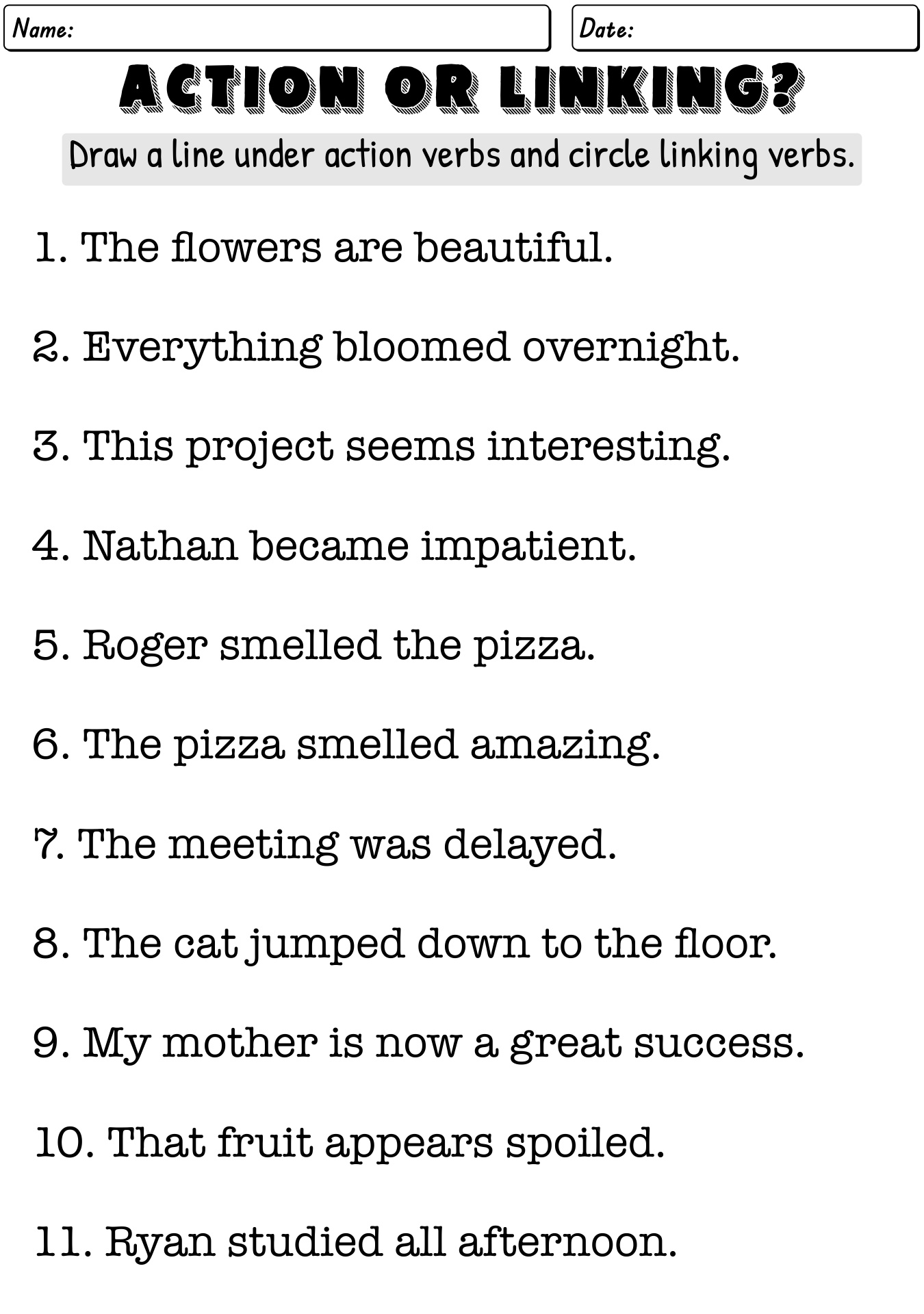
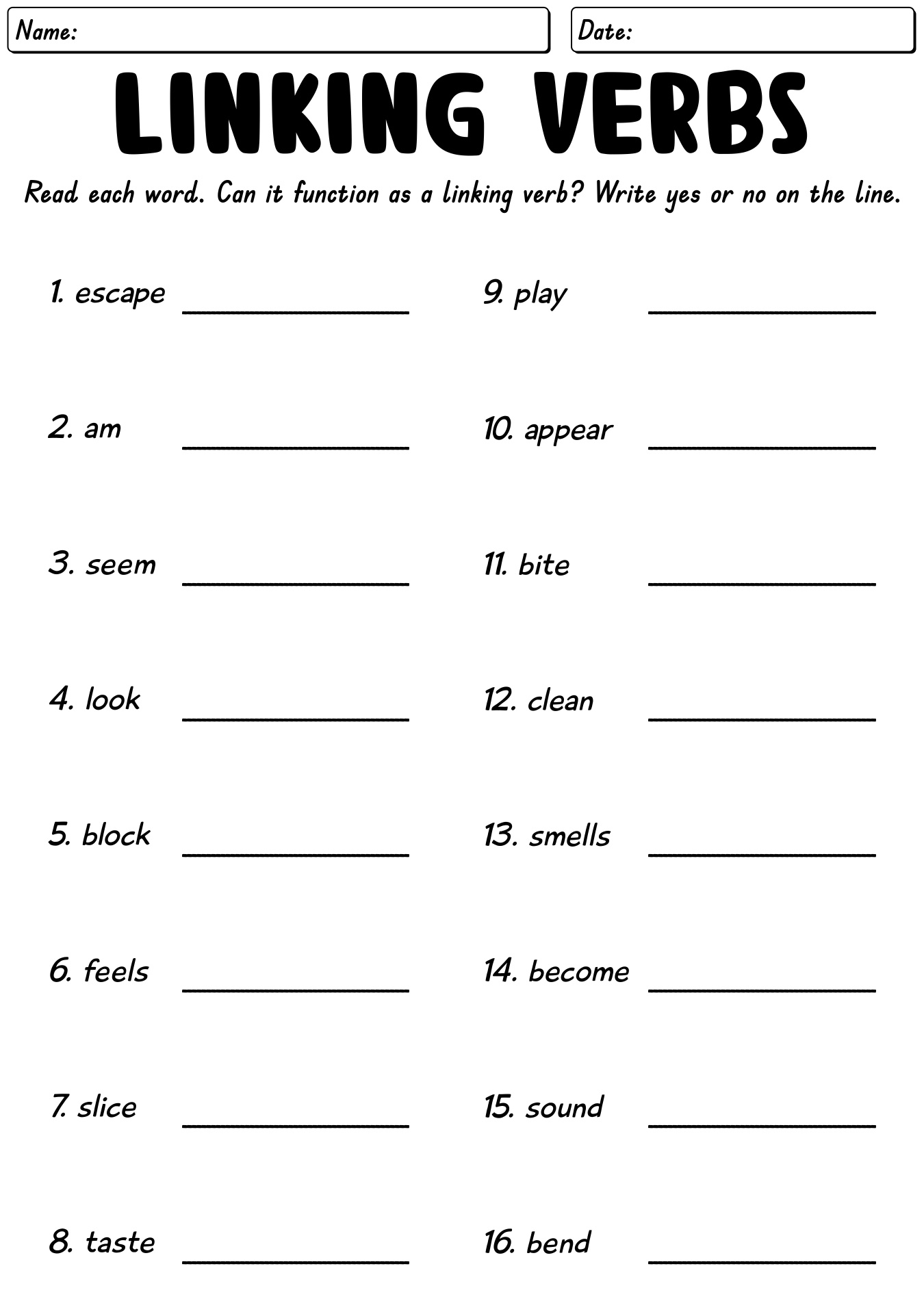
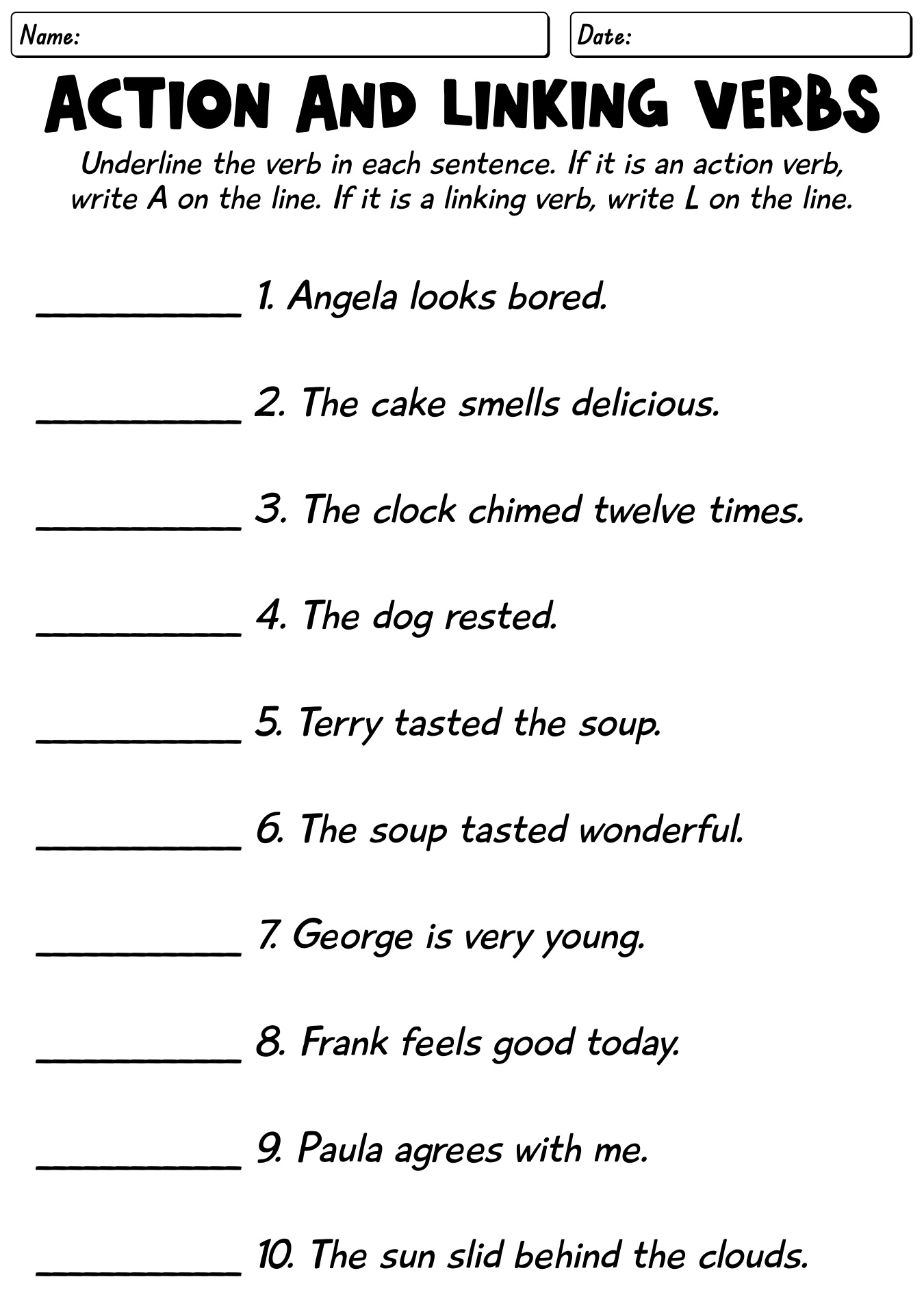
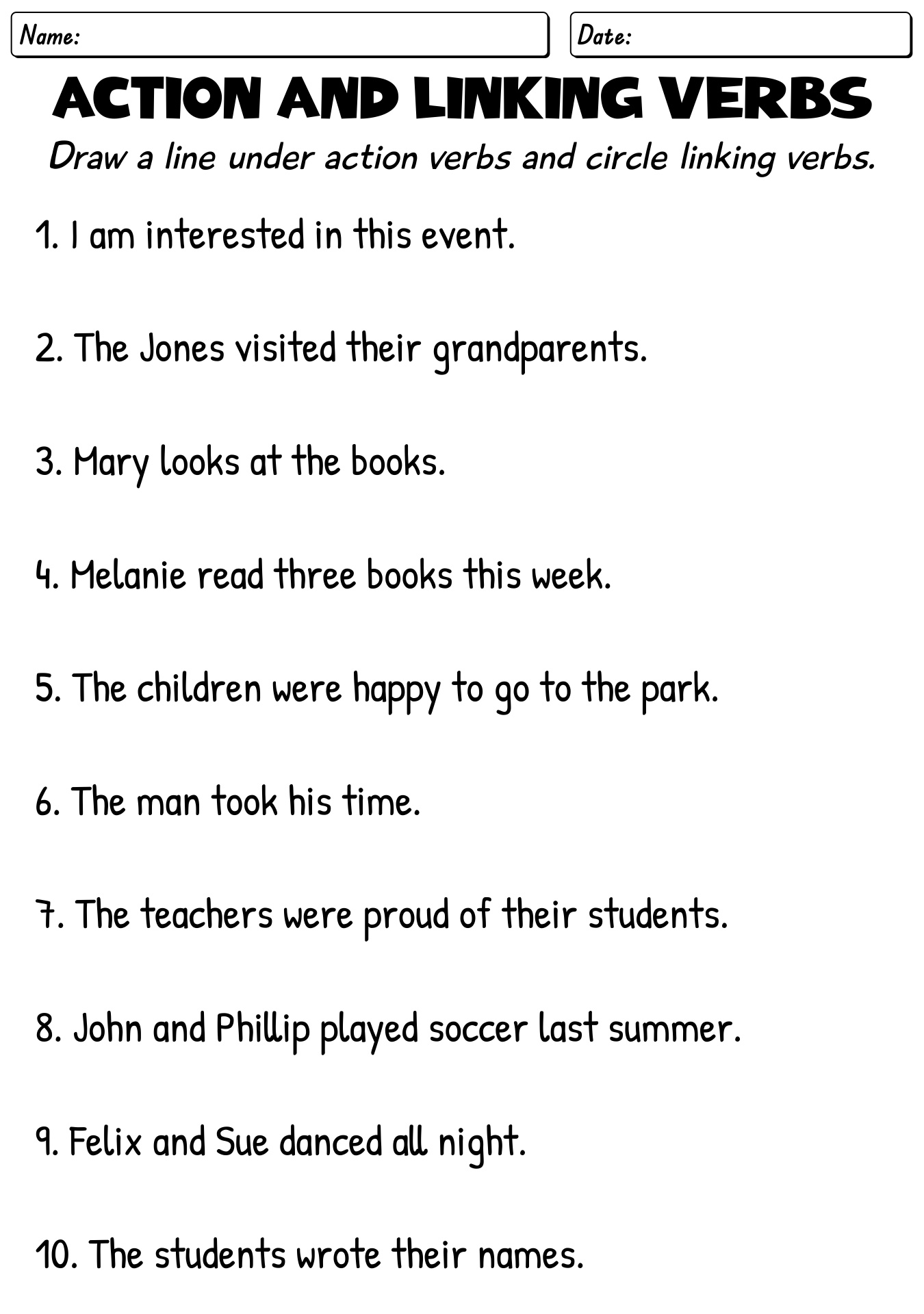














Comments